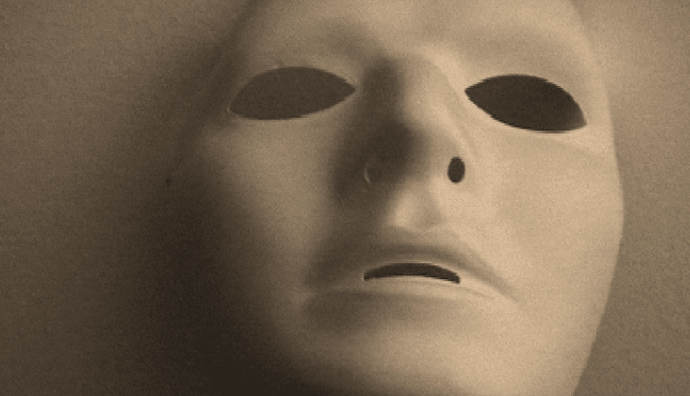Optical illusions can fool a lot of people.
But research indicates this one particular illusion doesn’t fool those who suffer from schizophrenia.
The illusion shows a hollow mask that most viewers perceive as a convex face, rather than a concave one.
Our brains typically marry bottom-up processing (what the brain sees) with top-down processing (or what it expects to see.)
“Our top-down processing holds memories, like stock models,” Danai Dima of Hannover Medical University, in Germany, co-author of a study in NeuroImage, told Wired.
“All the models in our head have a face coming out, so whenever we see a face, of course if has to come out.”
But people with schizophrenia are able to see the hollow face for what it is.
People who suffer from the disease typically experience hallucinations, delusions, and poor planning—some scientists believe the disease results from an imbalance of the two types of processing.
Dima says healthy subjects saw the illusion and their brains strengthened the vision of what they expect—a normal face—overpowering the actual but unlikely visual information (see the video above).
Schizophrenia patients, though, may be unable to modulate the pathway, accepting the concave face as reality.






